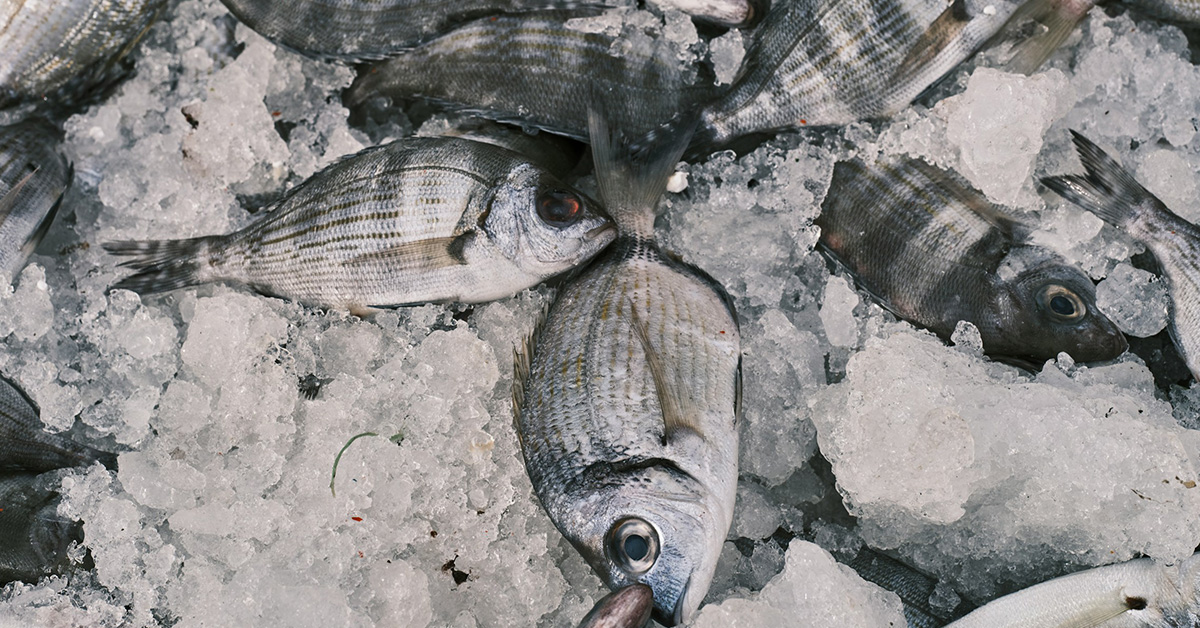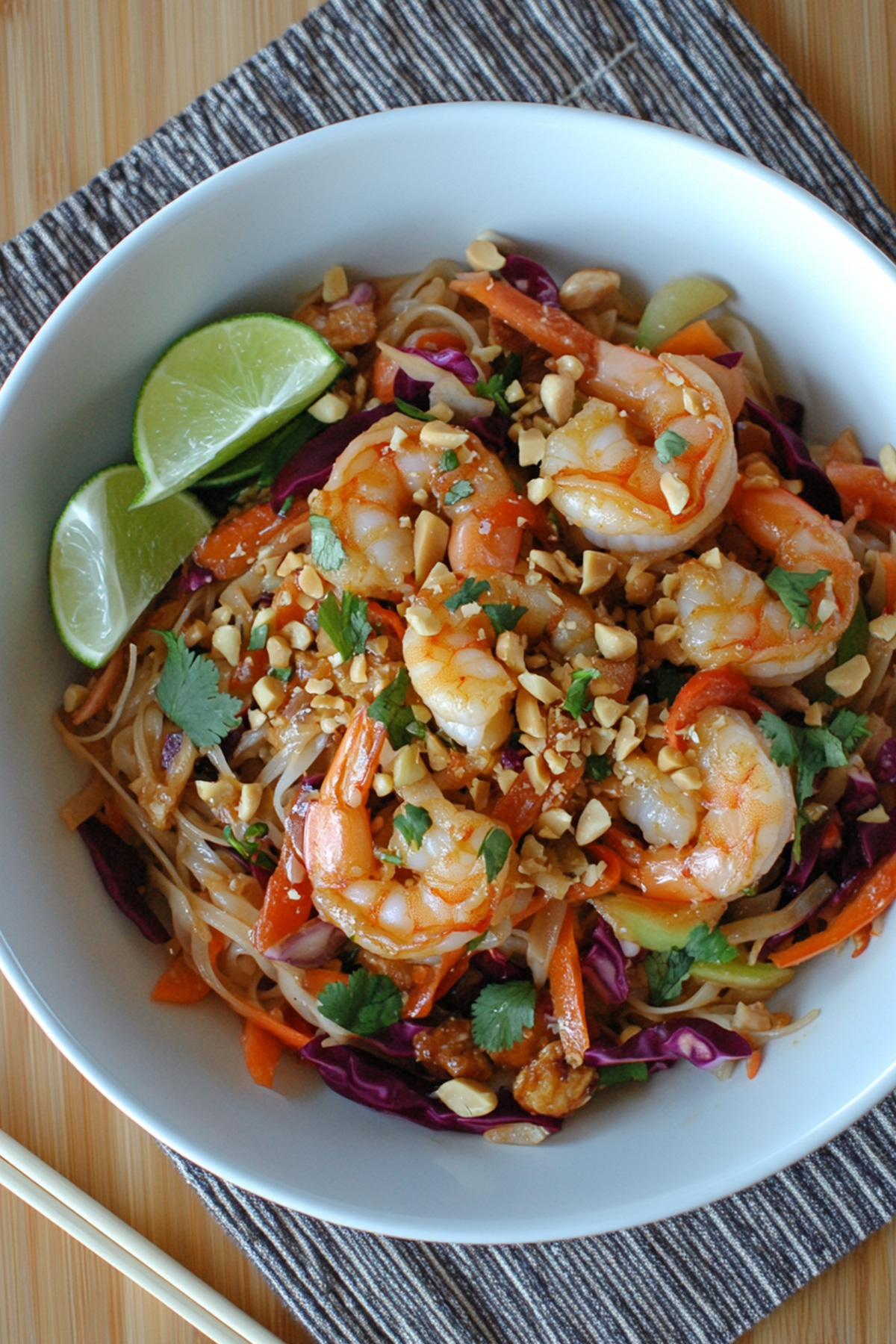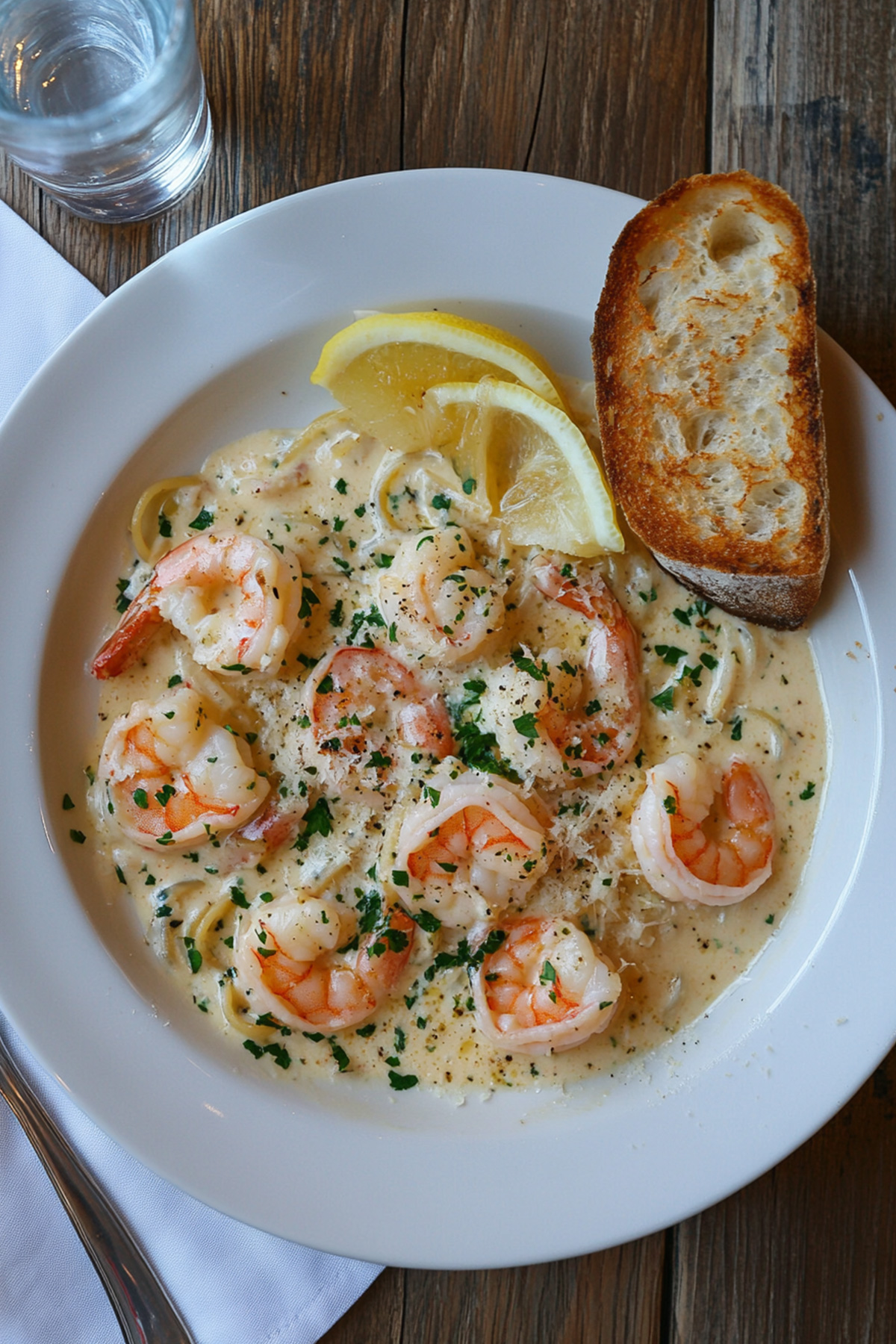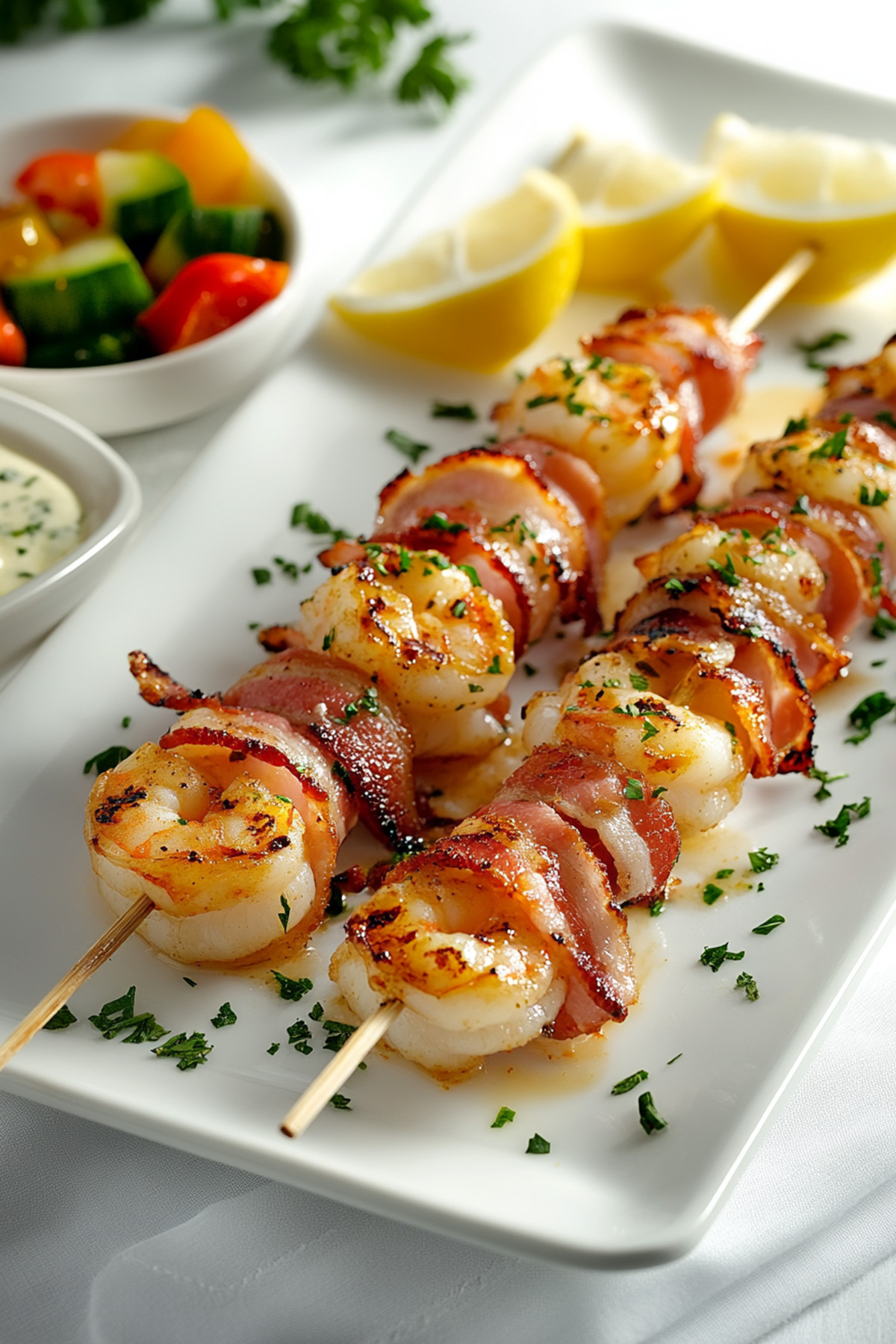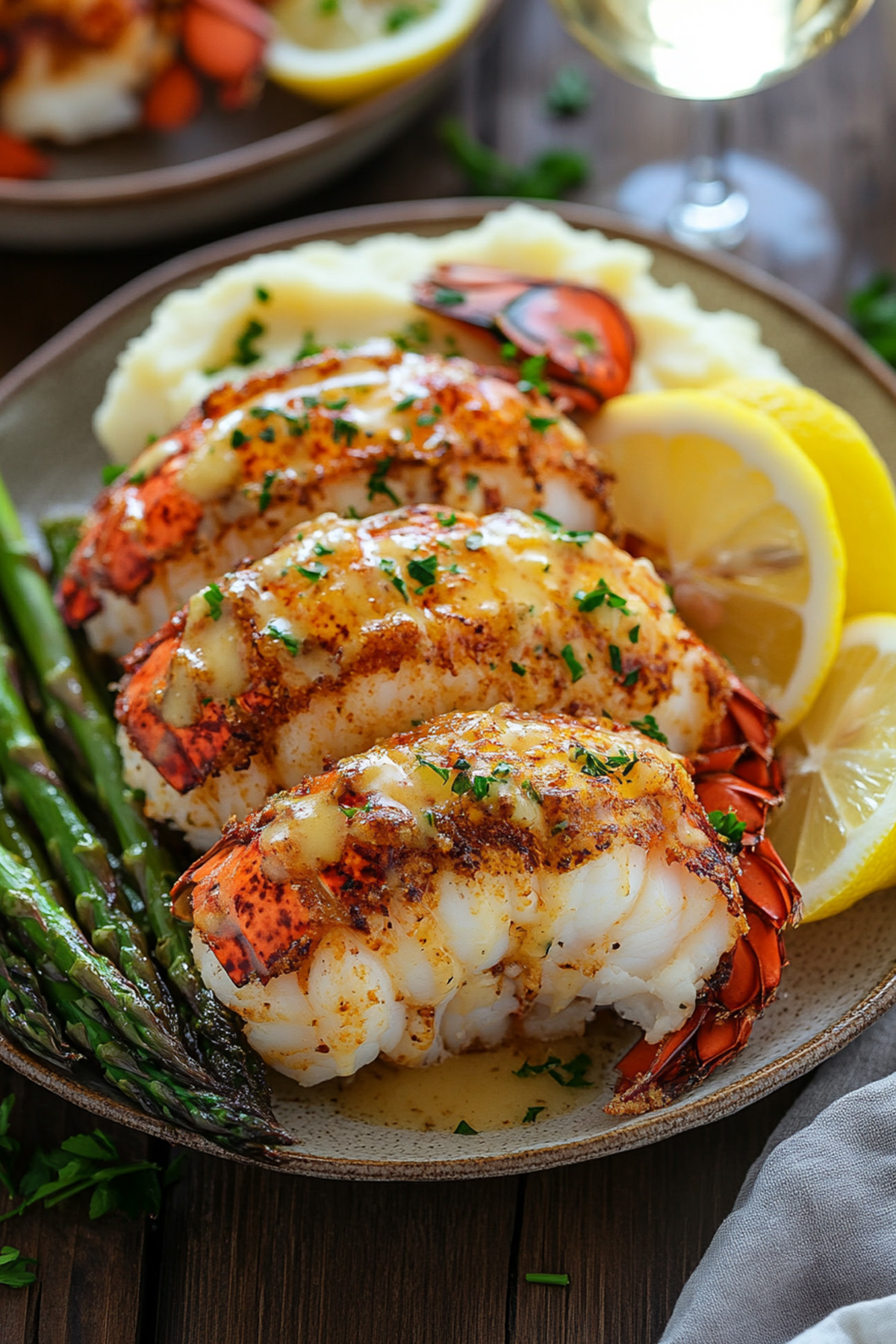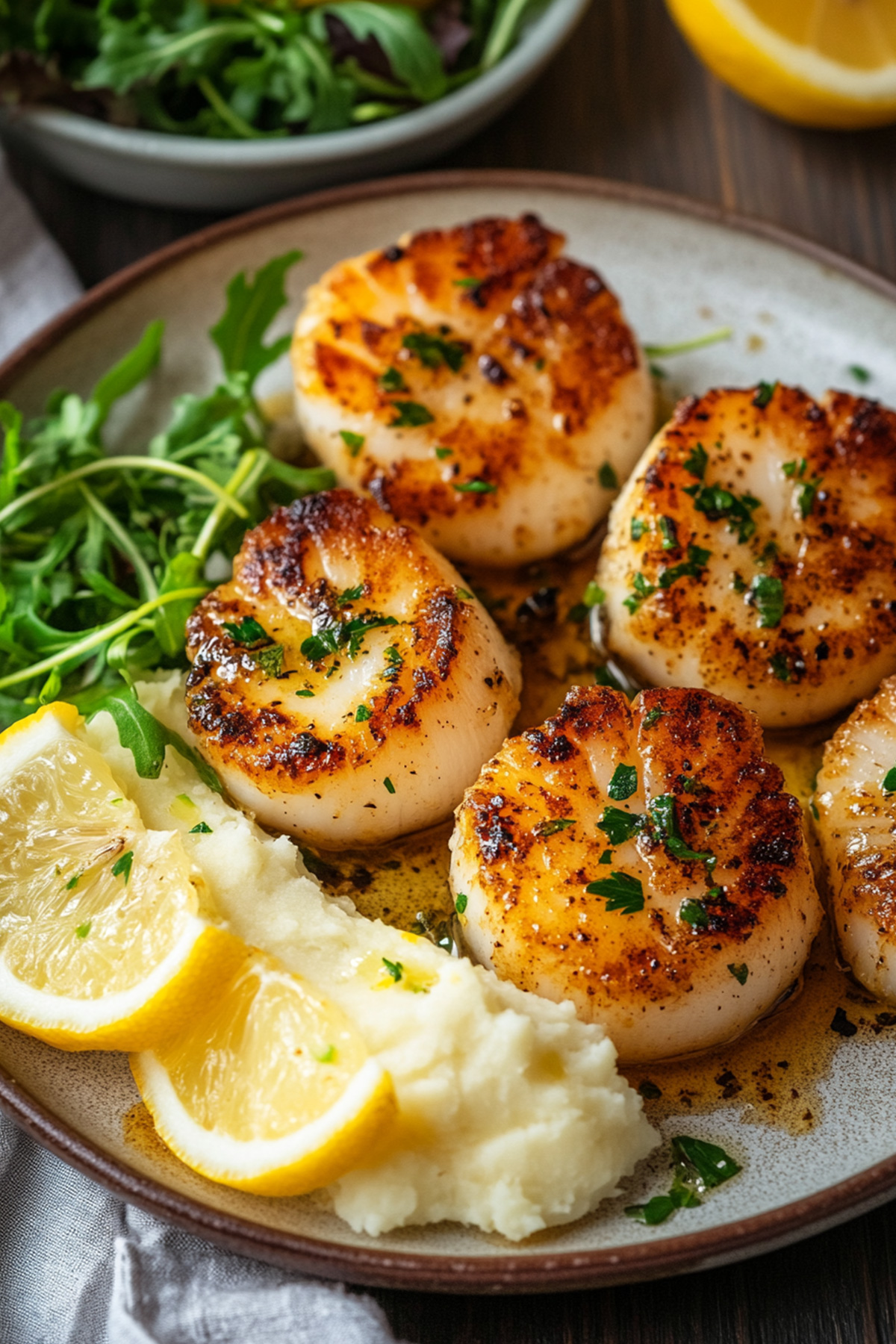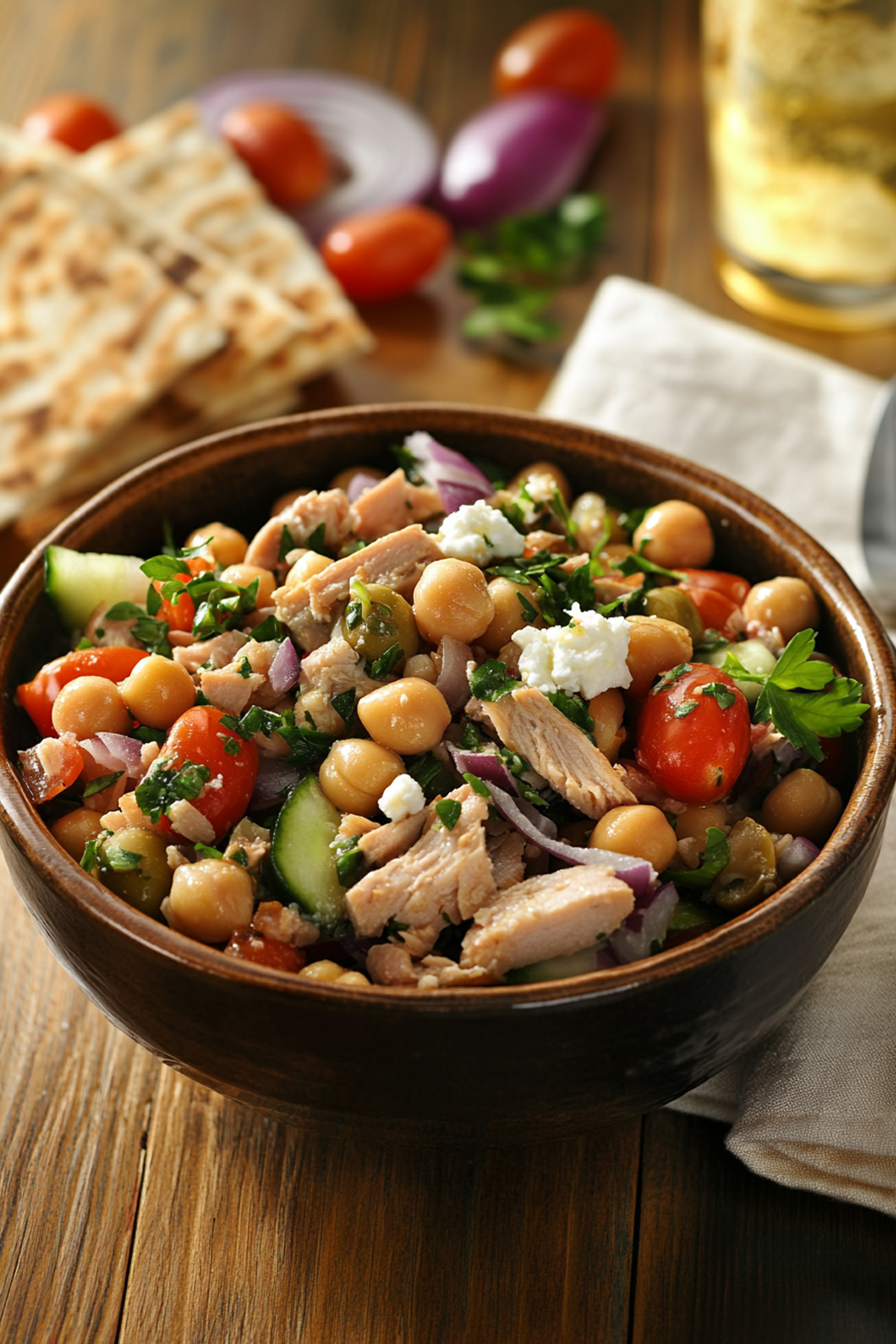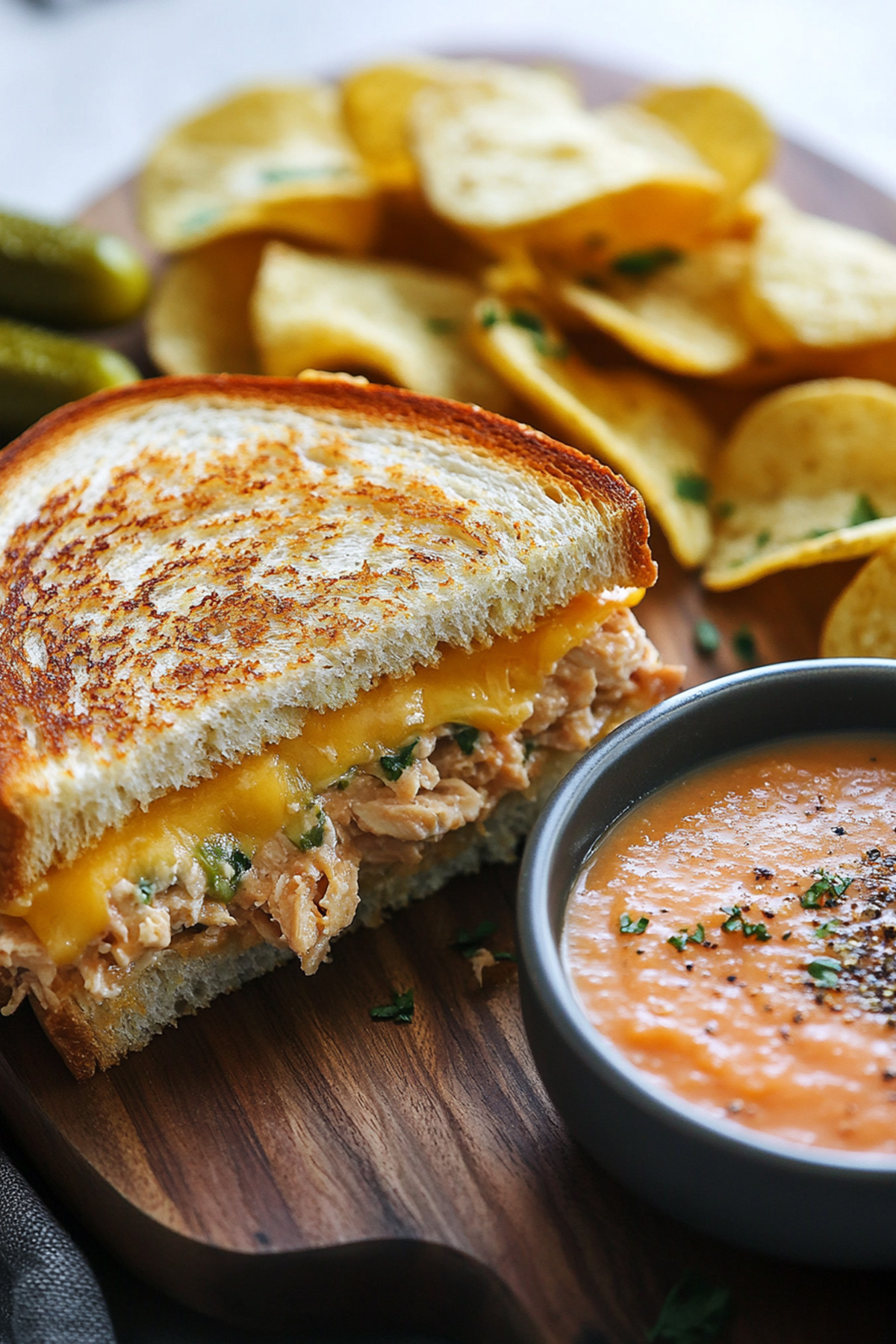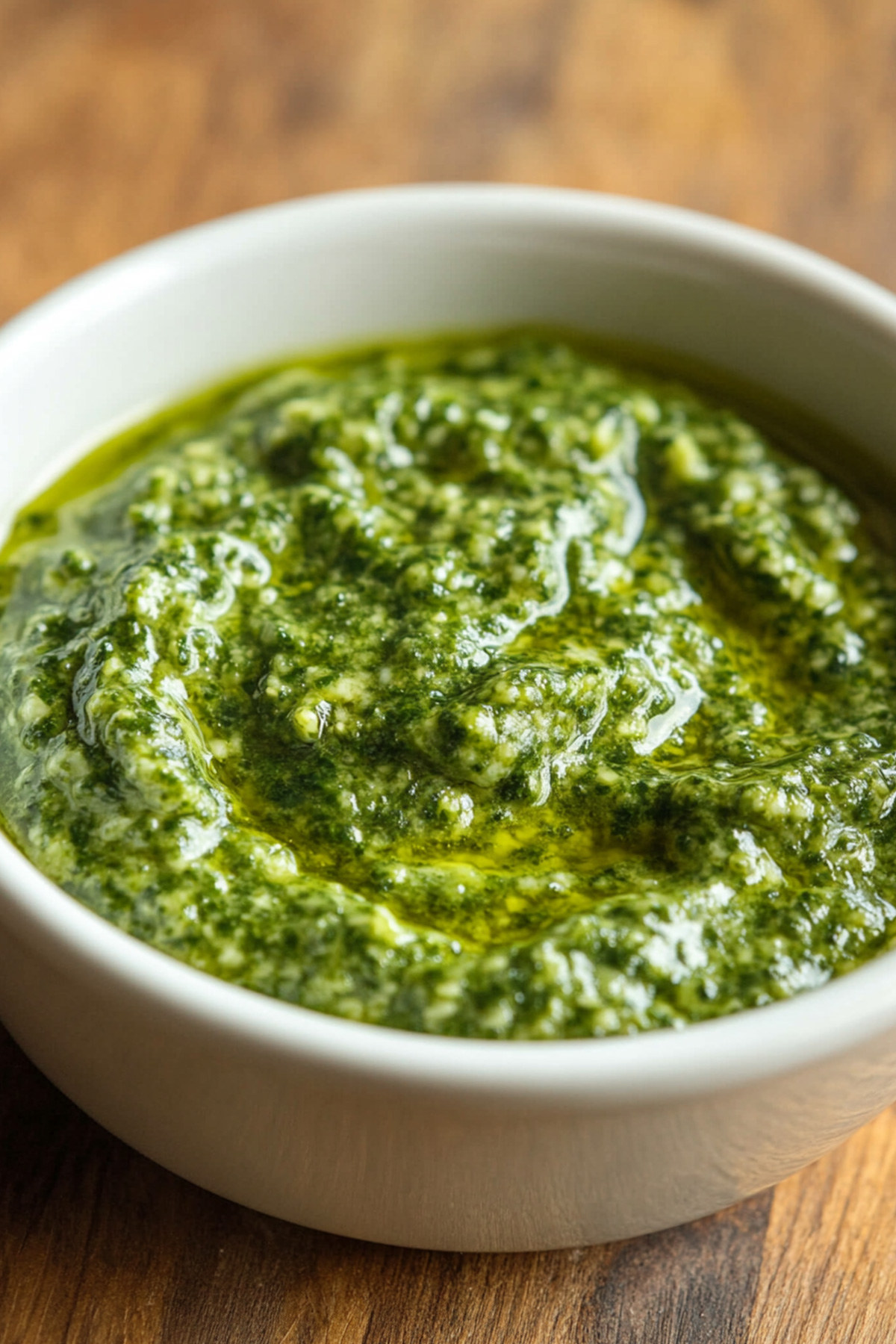If you ever find yourself rushing to prepare dinner but want something healthy and satisfying, baking frozen fish might just be your answer. Yes, you read that right! You can take fish straight from the freezer and create a delicious meal in no time. No thawing is necessary—just pop it in the oven and let it do its magic while you catch up on other tasks or unwind after a long day.
We talked about this similar topic in our article about Can You Grill Frozen Fish? but in this article, we will focus more on baking a frozen fish.
The convenience of baking frozen fish goes beyond saving precious minutes in the kitchen. It also helps retain the fish’s moisture and flavor, ensuring that each bite is as delightful as if you had prepared it fresh. Whether you’re a busy professional, a family member juggling multiple responsibilities, or simply someone who loves seafood, this guide is designed for you. Get ready to discover how to bake frozen fish with ease and confidence—your next wholesome meal is just moments away!
Table of Contents
Can You Bake Frozen Fish?
Absolutely, you can bake frozen fish! Many home cooks might be surprised to learn that it is both safe and practical to cook fish directly from the freezer. This method ensures that meal prep remains effortless and efficient, allowing busy professionals or families trying to manage hectic schedules the chance to enjoy a nutritious seafood dinner without the fuss of thawing. Imagine turning to the freezer after work and enjoying a flaky, flavorful fish in under 30 minutes—all without any prior planning!
Despite some common misconceptions about needing to thaw fish before cooking, baking from frozen tops them with its many advantages. Thawing not only takes time but also presents risks such as potential bacteria growth if left out too long. By skipping this step and baking frozen fish right away, you preserve its natural moisture content, leading to tender results. Plus, you’ll find your prep time significantly reduced—an essential benefit when you’re juggling multiple tasks throughout your day.
One key advantage of baking frozen fish is how it retains nutrients and flavors that might otherwise be lost during thawing. The quick cooking process locks in moisture while promoting even heat distribution thanks to higher cooking temperatures often used for baking. As a result, each bite bursts with seaworthy goodness without drying out on the way to your plate. So next time you find yourself wondering about how to bake frozen fish, rest assured: it’s not just convenient—it’s delicious too.
Why Bake Frozen Fish?
Baking frozen fish offers numerous advantages that can make your cooking experience more efficient and enjoyable. One of the most significant benefits is the time savings; there’s no need to plan ahead for thawing. Imagine coming home after a long day, only to realize you’ve forgotten to take dinner out of the freezer. With frozen fish, you can skip the thawing process entirely and have a delicious meal ready in about 20-30 minutes. This quick turnaround makes baked frozen fish an ideal option for busy professionals or families juggling multiple schedules.
Additionally, baking fish straight from the freezer helps prevent food waste. Often, cooks will thaw more food than they need, leading to spoilage before it’s consumed. By keeping fish frozen until you’re ready to cook it, you extend its shelf life and reduce the likelihood that you’ll end up tossing out leftovers or expired products. This not only saves money but also encourages more sustainable cooking practices — a win-win for both your kitchen and the planet. [source 1] [source 2]
Another remarkable aspect of baking frozen fish is how it retains moisture during the cooking process. Since water rapidly evaporates when exposed to high heat, starting with a frozen product allows some of that moisture to remain in place, ensuring your dish stays juicy rather than dry or overcooked. Furthermore, this method preserves the inherent flavors of the fish without any additional effort on your part; simply seasoning it before popping it in the oven suffices! Baking at higher temperatures enables aromatic oils from spices and herbs to penetrate easily while enhancing overall taste.
In conclusion, choosing to bake frozen fish instead of thawed options creates an array of practical benefits for home cooks looking for quality results quickly. Between time savings, reduced wastefulness, and improved moisture retention, baking from frozen not only simplifies meal preparations but also elevates mealtime enjoyment — making it an exceptional choice whether you’re serving a single plate or preparing dinner for the whole family.
Baking Frozen Fish: What You Need to Know
Before you dive into the process of baking frozen fish, a little preparation can go a long way in ensuring delicious results. First and foremost, selecting the right type of fish is crucial. While many varieties are suitable for baking from frozen, fillets tend to cook more evenly than whole fish due to their reduced thickness. For instance, cod and salmon fillets are excellent choices because they flake beautifully after cooking and have a moist texture that holds up well when baked straight from your freezer.
Next, take a moment to check for ice crystals on the surface of your fish. If it appears heavily frosted or has excess ice buildup, it’s a sign that it may have been improperly stored. This can lead to sogginess as those ice crystals melt during cooking rather than contributing moisture to the dish. Opt for filets that look clean and free from icy debris, which will make all the difference in texture and flavor. Remember that using high heat — typically between 400°F to 450°F — is essential for achieving that beautiful caramelization while ensuring even cooking throughout.
One common concern many cooks face when learning how to bake frozen fish is ending up with soggy results. To combat this issue, consider laying the fish out on parchment paper or aluminum foil before placing it in your baking dish; this method not only reduces sticking but also allows any moisture that accumulates during cooking to evaporate effectively rather than linger around the fish. Additionally, avoid overcrowding your baking sheet; allowing space between pieces will help circulate hot air and maintain crispness.
Armed with these tips about basic preparations, you’ll be set for success as you embark on your journey of baking frozen fish. Selecting quality ingredients and understanding how temperature affects cooking could transform what might seem like a daunting task into an effortless culinary victory!
Step-by-Step Guide: How to Bake Frozen Fish
Baking frozen fish is a simple and efficient way to prepare a healthy meal, even on the busiest of nights. To begin, preheat your oven to a temperature between 400°F and 450°F. A high heat is crucial for cooking the fish evenly and helping it develop that delightful flaky texture. As the oven warms up, take a moment to gather your ingredients—this could include olive oil, lemon juice, herbs, or spices—based on your flavor preferences. Having everything ready will make the process smooth and quick.
Next, it’s time to prepare the frozen fish itself. Place the fillets directly onto a baking sheet lined with parchment paper or aluminum foil. This will help prevent sticking and aid in easy cleanup later on. If you notice any ice crystals on the surface of the fish, this is normal but rinse them under cold water briefly before patting dry with a paper towel; too much ice can lead to sogginess. Season both sides generously with salt and pepper; don’t shy away from adding garlic powder or paprika for an extra kick of flavor!
Once you’ve seasoned your fish, consider drizzling it lightly with olive oil or brushing melted butter over it for added moisture during baking. For additional depth of flavor, squeeze fresh lemon juice atop the fillets or sprinkle them with aromatic herbs like thyme or dill before popping them into the hot oven. Depending on their thickness (generally about 1 inch), bake the fish for around 20–30 minutes until it’s opaque and flakes easily with a fork. The key here is to keep an eye on it and adjust baking time as needed because every oven behaves slightly differently.
After pulling your beautifully baked fish from the oven, let it rest for about five minutes before serving—this allows juices to redistribute seamlessly throughout each piece. Pair your perfectly cooked dish with roasted vegetables or rice for a satisfying meal that’s not only effortless but also nutritious. Enjoy experimenting with flavors during this step-by-step journey; after all, embracing creativity in cooking can lead you toward discovering delicious new favorites!
How to Bake Frozen Fish in the Oven
Baking frozen fish in the oven is an efficient way to prepare a healthy meal without much hassle. To start, preheat your oven to a high temperature between 400°F and 450°F. This heat level is crucial as it ensures that the fish cooks quickly and evenly, helping to retain moisture while enhancing flavors. A hot oven will lead to a nice sear on the outside of your fillet, creating that desirable flaky texture we all love without making it dry or rubbery.
To prevent sticking and make cleanup easier, line your baking sheet with either aluminum foil or parchment paper before placing the fish on it. If you’re using foil, spray it lightly with cooking oil for added assurance against sticking; this little step guarantees that when the time comes to remove the fish from the sheet, it’ll come off effortlessly. For a bit more flavor and moisture retention, you can place lemon slices or fresh herbs under the fillet on top of the foil; it not only adds taste but makes your dish look impressive too!
When it comes to cooking times, adapting based on the thickness of your fillet is essential for perfectly baked fish. As a general guideline, thin fillets (about half an inch thick) typically require around 15-20 minutes at high heat, while thicker cuts may need up to 30 minutes or more. It’s beneficial to check your fish frequently by performing a simple flake test with a fork— if it’s opaque and flakes easily, it’s done! Use this method as part of your strategy for determining how long to bake frozen fish reliably every time.
In summary, baking frozen fish in the oven can be both simple and rewarding with just a few straightforward tips. High temperatures help achieve ideal results, avoiding sticking can be easily managed with proper lining techniques, and paying attention to thickness ensures delicious outcomes with every bake. Now that you’re equipped with these essentials for how to bake frozen fish effectively, you’ll find it’s easier than ever to add this nutritious protein to your family meals!
Best Types of Fish to Bake from Frozen
When it comes to baking frozen fish, certain types stand out for their ability to hold up well during the cooking process. Cod is one of the top picks; its firm texture and mild flavor make it a versatile choice that can easily absorb various seasonings. The low fat content means it will remain flaky yet moist when baked straight from the freezer, ensuring a satisfying meal every time. Whether you’re preparing a simple lemon and herb dish or a richer sauce, cod truly delivers on taste and quality.
Another excellent option is haddock, which offers a slightly sweeter flavor compared to cod. Haddock fillets retain their moisture remarkably well, making them perfect for baking directly from frozen. With their thin profile, these fillets cook evenly and quickly at high temperatures, ensuring you don’t end up with a dry meal. Popular in classic recipes like fish and chips or baked with a crunchy topping, haddock is both familiar and delicious when prepared this way.
Salmon also shines as a fantastic choice for baking from frozen due to its higher fat content, which contributes to its rich flavor and moistness post-baking. This oily fish not only withstands the direct heat of the oven but benefits greatly from quick cooking times—transforming into tender perfection with crispy skin in about 20 minutes. If you’re looking for something nutrient-dense packed with omega-3 fatty acids while still being easy to prepare on busy nights, salmon takes the crown.
Finally, tilapia deserves mention for its affordability and accessibility in grocery stores. This mild-flavored white fish has a delicate texture that bakes beautifully without becoming mushy. It’s ideal for families looking to incorporate seafood into their meals without overwhelming flavors—great if you’re catering to picky eaters! Tilapia’s adaptability allows it to pair wonderfully with various ingredients ranging from spices and herbs to zesty citrus marinades while remaining an effortless dinner option right from your freezer door.
How Long to Bake Frozen Fish: A Cooking Time Guide
When it comes to baking frozen fish, understanding the cooking times is crucial for achieving perfectly cooked meals. The general rule of thumb is that thinner fillets will bake more quickly than thicker ones. For instance, thin fillets—around half an inch in thickness—typically require about 20 minutes at a high temperature, while thicker cuts or whole fish may take around 25 to 30 minutes, or even longer depending on their size. It’s essential to check the internal temperature with a food thermometer; it should reach at least 145°F for safety.
Several factors can influence how long it takes to cook your frozen fish. The type of fish you choose and its moisture content make significant differences. For example, fatty fish like salmon might retain moisture beautifully during cooking and may not dry out as quickly as leaner varieties such as cod or haddock. Additionally, if your oven has a tendency to run hot or cool, this could also affect cooking times. Using foil wraps can also influence timing by sealing in steam which speeds up cooking slightly compared to leaving the fish uncovered.
If you’re starting with seafood that still has some ice crystals on it, be prepared for slightly longer baking times since these need to thaw completely before they begin cooking. A good practice is to start checking for doneness about five minutes before the recommended time based on the thickness of your fillet; this way you can fine-tune your approach based on how your particular oven operates.
As you become familiar with how different species and cut sizes react under heat, you’ll gain confidence in determining optimal baking times without needing constant checks. This knowledge will empower you with solid skills in meal prep and ensure perfectly baked dishes every time you maneuver through How to Bake Frozen Fish!
How to Bake Frozen Fish in Foil
Baking frozen fish in foil is a fantastic technique that not only simplifies the cooking process but also enhances the overall flavor and texture of the fish. The use of aluminum foil creates a sealed environment that locks in moisture while it bakes, resulting in tender, flaky pieces every time. This steaming effect allows your fish to cook evenly without drying out, which is particularly important when you’re working with frozen fillets that may require extra attention. Plus, it’s an incredibly easy cleanup method—just toss the used foil away!
To begin, ensure you have your favorite type of frozen fish ready for baking. You can even throw in some fresh veggies like asparagus or bell peppers alongside for a complete meal. Start by preheating your oven to about 400°F (200°C). While waiting for it to heat up, take a square piece of aluminum foil large enough to wrap around the fish comfortably. Place the frozen fillet at the center and season it generously with salt and pepper. For added flavor, drizzle some olive oil over it and add lemon slices or herbs like dill or thyme.
Once seasoned, fold up the foil around the fish tightly—but make sure to leave some space for steam to circulate inside. This small detail is vital; too tight could lead to overcooking while not tight enough might let moisture escape! After wrapping each portion securely, place them on a baking tray and slide them into your preheated oven. The cooking time will vary based on thickness, usually around 20-30 minutes should suffice.
There are pros and cons when it comes to using foil for baking frozen fish. On one hand, this method ensures maximum moisture retention and makes infusing flavors easier—herbs mingle beautifully as they steam together with the ingredients inside the packet. On the other hand, if you’re someone who enjoys crispy skin or browning effects on your dishes, you might find that using foil prevents those characteristics from developing as effectively as open roasting would provide. Nevertheless, if you’re looking for quick prep work with less mess and guaranteed moistness, baking frozen fish in foil is definitely worth a try!
Frozen Baked Fish Recipe: Delicious and Easy
Now that you’ve mastered the basics of how to bake frozen fish, let’s spice things up with a simple and flavorful recipe. This variation features a crunchy lemon herb breadcrumb topping that not only adds texture but also infuses your fish with bright flavors. Begin by preheating your oven to 425°F. While the oven heats, grab your frozen fish fillets—cod or tilapia work particularly well for this dish due to their mild flavor and tender flesh.
To prepare the breadcrumb topping, mix together one cup of breadcrumbs (panko works great for extra crunch) along with a tablespoon of lemon zest, two tablespoons of freshly chopped parsley, a teaspoon of garlic powder, salt, and pepper to taste. Drizzle in about three tablespoons of melted butter or olive oil to bind it all together. Lay your frozen fish on a baking sheet lined with parchment paper or lightly greased foil. Generously press the breadcrumb mixture onto each fillet—this will create an enticing crust as they bake.
Bake in the preheated oven for approximately 20-30 minutes, depending on the thickness of your fillets. The topping should be golden brown and crispy while ensuring the fish cooks through without drying out. For added depth of flavor, consider squeezing fresh lemon juice over the top just before serving—a delightful contrast! This recipe is perfect for busy nights when you want something both nutritious and delicious without spending hours in the kitchen.
This variation not only elevates your frozen fish dinner but also showcases how easy it can be to experiment with different seasonings and ingredients. Don’t hesitate to switch things up further; adding red pepper flakes for some heat or even grated Parmesan cheese can completely transform this dish into something uniquely yours! Enjoy this delightful meal knowing you’ve mastered yet another way on how to bake frozen fish effortlessly.
Final Thoughts on Baking Frozen Fish
Baking frozen fish is a quick and easy way to enjoy a healthy meal any day of the week. It saves you time, eliminates the need for thawing, and retains moisture for delicious results. Whether you’re using flaky cod or hearty salmon, this method allows you to savor seafood without fuss.
Now that you know how to bake frozen fish, don’t hesitate to experiment! Try different spices, herbs, or toppings to create personalized flavors that delight your family. With these simple steps at your fingertips, baking frozen fish can become a staple in your cooking repertoire. Enjoy the process and happy baking!

